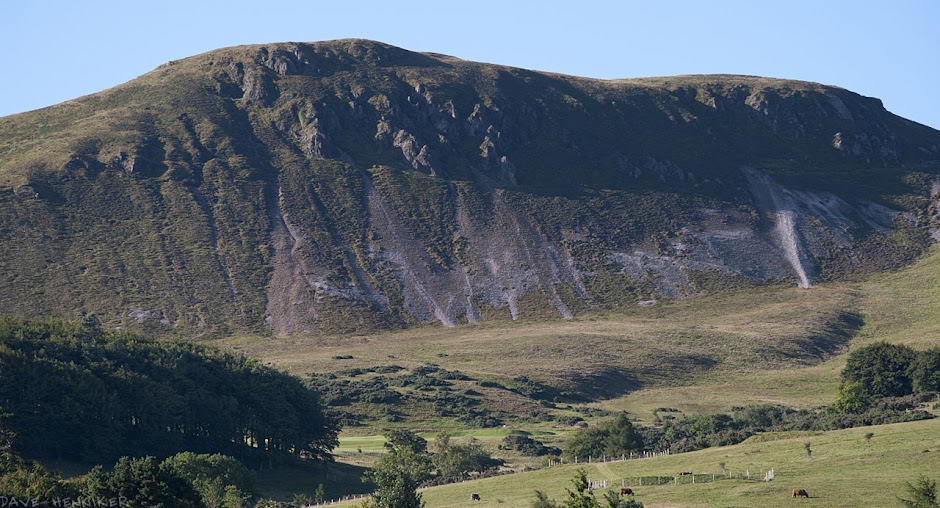Photograph William Warby
Back in the 1960s, moving toward Halloween, we used to take ‘neeps’ from the local farmers' fields at Dreghorn, Hunters Tryst and Swanston to be carved out as lanterns. Stealing from the farmer could be challenging - to escape from him might involve a long run along an open road such as from the former Polo Fields and if he was on his tractor, well the turnips would be too cumbersome and heavy to hold on to as they slowed you down, so we would hide them in a ditch to collect them later.
Making lanterns from these root vegetables was the main way that Halloween was marked at ‘The Stair’. I can recall Boo-Boo Hanlon (6/7 Oxgangs Avenue) and Iain Hoffmann sitting (6/2) atop the back shed roof toiling over their lanterns: making the lanterns was hard going because the neeps were often rock hard in the centre unlike the more fleshy pumpkins that have become so prominent in the shops over the past twenty years.
Another thing in favour of pumpkins is they don't give off the same pungent smell that emanates from neep lanterns and candles.
Guising became much more prominent in Oxgangs during the latter part of the 1960s and I can recall some of the kids from the Stair and their pals from numbers 2, 4 and 8 Oxgangs Avenue going door to door, where they picked up a few bob. However, their costumes were nothing compared to today; occasionally some of the kids were imaginatively dressed up, particularly with some make up, but I'm afraid the standard fare was a bed-sheet and a tea-towel on your head, to pass yourself off as an Egyptian!
But we had masks too which offered some creative potential to work with. In the very early days the masks were made of a paper come cardboard material akin to an egg box, but the drawback was that with wear and tear they swiftly became detached from the elastic band: but as the decade progressed, plastic masks became more popular, eventually replacing them.
Halloween has a long and fascinating tradition - a mix of All Hallows Eve; a celebration of the end of the harvest; the passing of summer into winter and so on. Lanterns were important - they were left on gate-posts, in windows or door-ways, to guide folk back home from the fairs and festivities; then there was Jack'O'Lantern in Somerset with allusions to the flickering lights in the marshes signifying the souls of unbaptised children.
I'm glad that at Oxgangs we followed in the long tradition of lanterns - there's something very special about providing a light in the darkness and I very much subscribe to the philosophy that it's better to light a candle than to curse the darkness.








